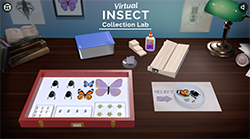
Virtual Insect Collection Lab
Insect collections are so cool! This virtual insect collection lab allows students to participate in a virtual science experience as they learn more about insects and what they can tell us about our world.

Insect collections are so cool! This virtual insect collection lab allows students to participate in a virtual science experience as they learn more about insects and what they can tell us about our world.
Students will learn about the ways in which water can become polluted and why it is important to conserve water by developing a model and watching a demonstration of the pollution of a lake. This activity is a great companion to any lesson on water, conserving natural resources, pollution, etc. Students will learn about the ways in which water can become polluted and why it is important to conserve water by developing a model and watching a demonstration of the pollution of a lake.
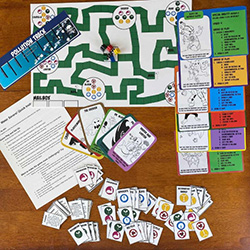
Water Savers is a board game developed for grades 6-12 and designed to support a group of 2-5 students. The game introduces environmental issues and sustainable farming practices to encourage understanding of issues within students' community and/or region.
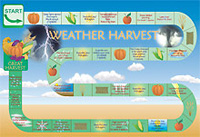
Farmers work with nature. Soil nutrients, planting, weed and insect control, machinery work, crop records and harvest are things farmers can control and manage. Farmers cannot control the weather. Crops may need to be planted more than once in the spring. Most crops are ready for harvest in late summer and fall but may be wiped out by a single weather event. Play the weather harvest game to see if you will be able to bring in your crop. Order this game online from agclassroomstore.com.
An elementary writing activity to supplement lessons on the weather. Students will learn how the folklore related to weather observation played a role in the growing of crops and raising animals many years ago.
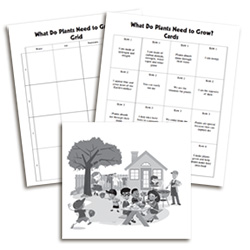
This activity reviews the fundamentals required for plants to survive. This activity is best used after students have learned about a plants' basic necessities (air, water, light, and nutrients). The activity also demonstrates the many ways that humans rely on plants in everyday life.

Students will learn about the history of weaving with straw and make their own woven wheat ornaments, traditionally known as "corn dollies." The art of weaving with wheat stems (straw) is practically as old as wheat itself. Traditionally, corn dollies were made using the last stems of harvested grain. Wheat was most common, but oats, rye, barley, and corn were also used. The woven ornaments with the heads of grain still on the stem were hung on inside walls where they made it safely through the winter. These sacred grains were then planted the next season to ensure the fertility of the entire crop.
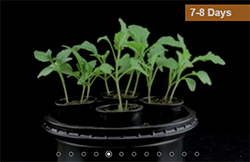
Growing Wisconsin Fast Plants in your classroom is a great activity to give life to lessons on plant growth and development, pollination, life cycles, and heredity. Fast Plants are members of the cabbage family (Brassicaceae) that have been selectively bred for rapid development. In five to six weeks, these plants will complete an entire life cycle, from seed to seed. They are small, productive, and easy to grow, making them practical and manageable for classroom research and demonstration. Fast Plants of all types will show some differences between individual plants, but those with several variations (non-purple stem, yellow-green leaf) will show greater variability between individuals, an important consideration for lessons on heredity.
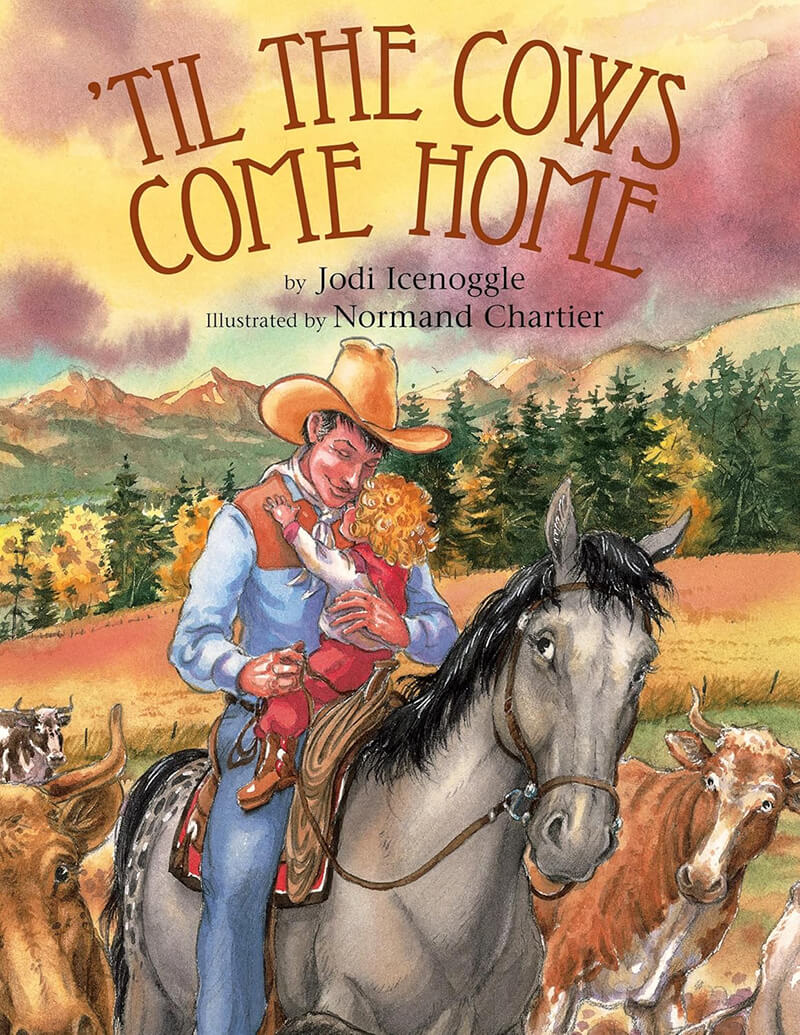
Using a traditional Jewish folktale ('The Button Story') and setting it in the American West, the author uses cowboy language to create an engaging tale. A young cowboy, talented in making saddles and bridles, receives a sturdy piece of leather from a grateful cowpuncher. Although many of the items made from this leather eventually wear out, he is able to resurrect pieces to create various needed items throughout life.
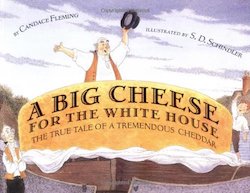
In 1801, the proud citizens of Cheshire, Massachusetts boasted that their cheese was the very best. But then they heard the shocking news: President Jefferson was serving Norton cheese at the White House! What to do? Elder John Leland had an idea. A very large idea. If everyone worked together, they could make a cheese so large that President Jefferson would be serving Cheshire cheese at the White House for years to come. How the villagers of Cheshire create a true cheese-making miracle and transport it to the nation's capitol makes a spirited, rollicking tale. Based on a true moment in American history, this funny picture book celebrates the ingenuity and community spirit of one small New England town as it attempts to make the country's biggest cheese for the nation's greatest man.

What's that? A chicken followed you home? Now what do you do? Author-illustrator Robin Page leads a step-by-step, question-and-answer-style journey through the world of chickens. Along the way you'll explore different breeds, discover different types of coops, and learn everything there is to know about chicken reproduction and hatching.
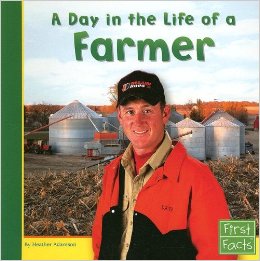
This question and answer based children's book shows students what it's like to be a farmer. The book is illustrated with photographs of the daily tasks of a farmer and includes fun farm facts. There is also a clock on each page to represent the time of day the chore is usually done. This book is an excellent addition to a lessons about careers, reading a clock, or learning about farms and farmers.